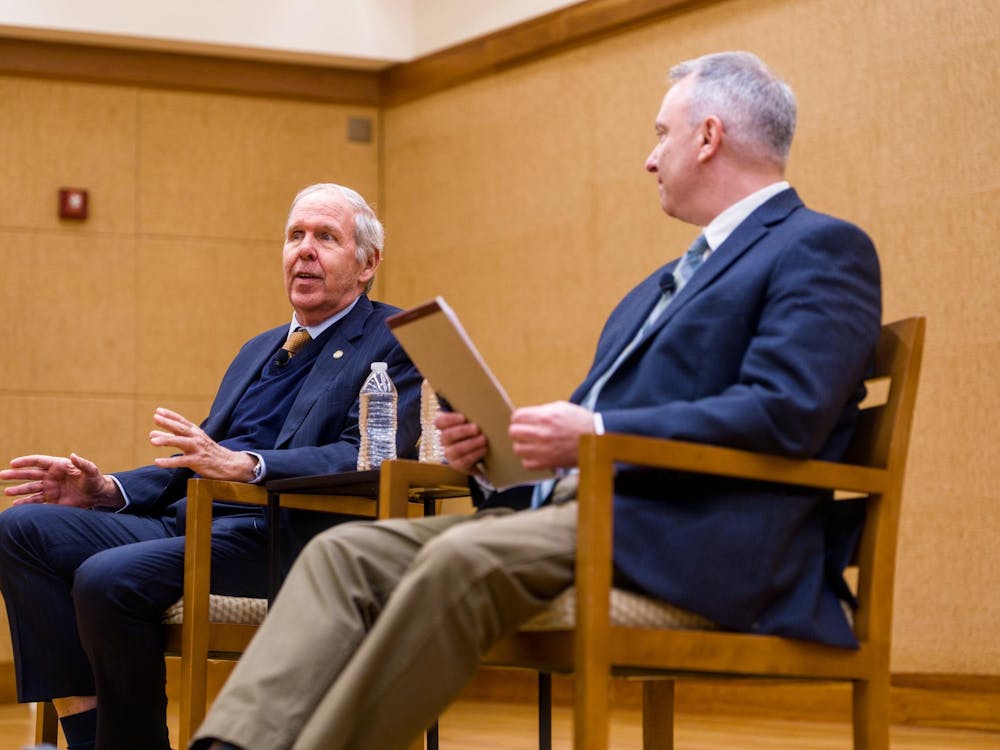Last week marked the beginning of a joint project amongst graduate students of the University, Virginia Tech, and Virginia Commonwealth that examines local governments' effect on the James River watershed. Environmental Planning students will cover over 10,000 miles of watershed area, according to project leader and Architecture Prof. Karen Firehock.
The James River watershed area includes the James River and all of the streams and tributaries that that flow into it.
Because all of the towns and municipalities around the James River have different codes, ordinances and policies concerning the watershed, there are many unique sources of pollution, Firehock said.
The James River Association has currently identified an overabundance of nutrients from town drainage, over-sedimentation from erosion and construction as primary problems facing the river, said Architecture graduate student and project participant Clark Larson.
Already, these problems have been linked to the disappearance of most underwater grasses as well as a bacterial infection that is affecting 70 percent of striped bass in the river, Firehock said.
Approximately one-third of the Commonwealth's population lives within the vicinity of the James River watershed, and these issues will eventually become human health hazards particularly as the region increasingly looks to the James River as a viable source for drinking water, Firehock said.
The first phase of the project has students going out to each of their designated communities and examining every ordinance, code and policy that could have any impact on the watershed, Clark said.
Once the initial research is completed, the students will identify the problems with the current laws and attempt to create solutions that the students will present to all the communities at a symposium on April 21, he said.
Many of the solutions that will be recommended come in the form of "low-impact development," small cost-effective measures that developers can implement during construction to limit the amount of water that runs into water bodies before being filtered by soil, she added.
According to Firehock, the solution in many cases just involves creating more gardens on rooftops and in parking lots that will act as natural filters.
"In places like Charlottesville where development predates drainage laws, we are proposing to let developers build more densely than normally allowed as long as they use low-impact measures," Firehock said. "This way the city can have a more lively and thriving downtown, without creating pollution issues."
-Ashley Simpson contributed to this article.






